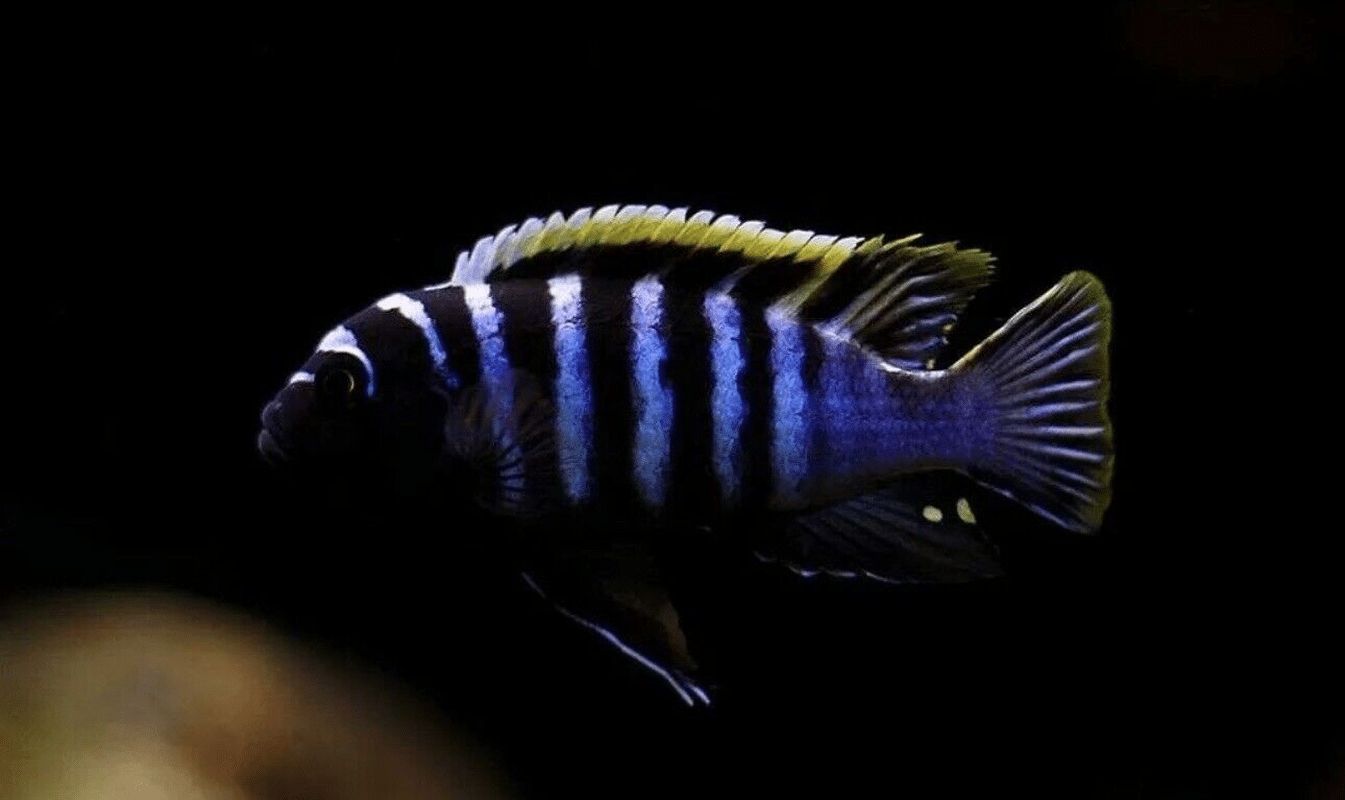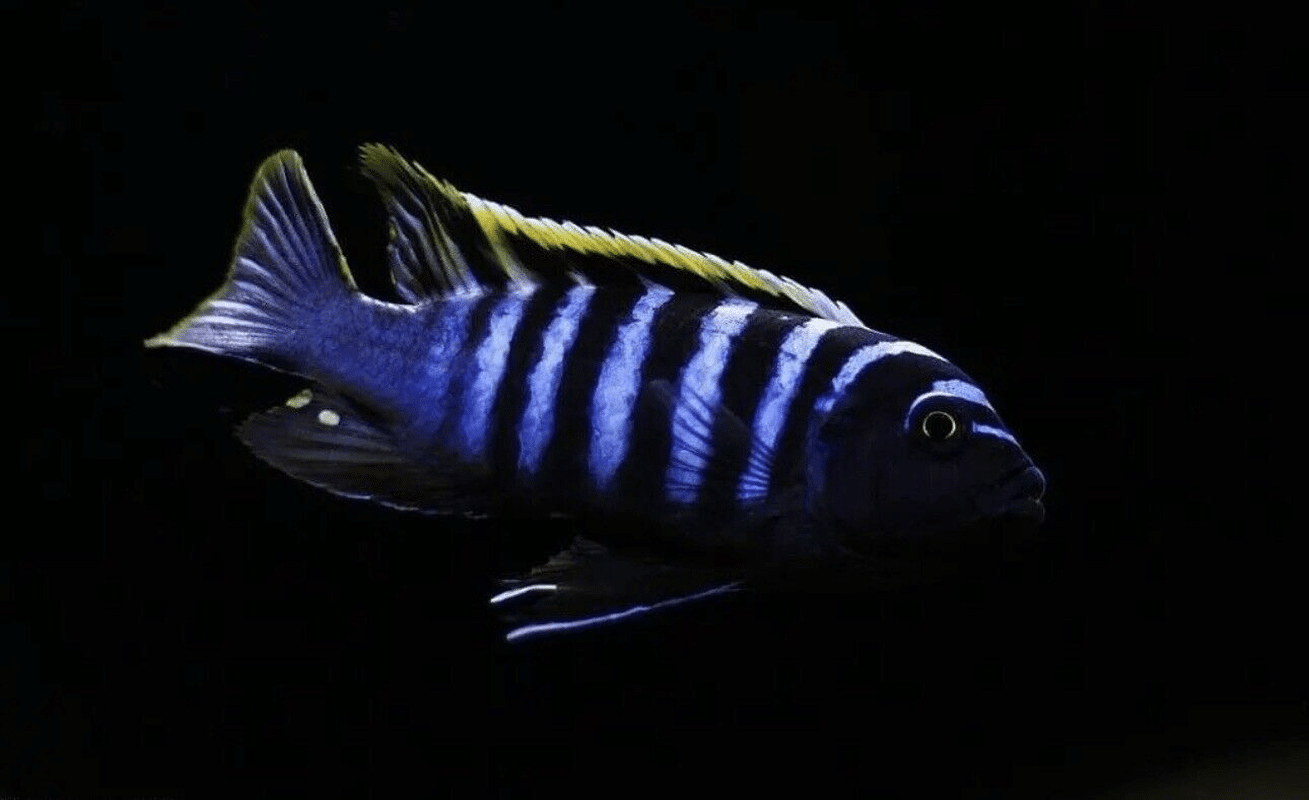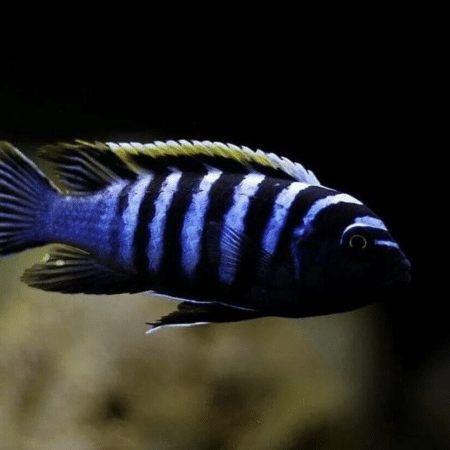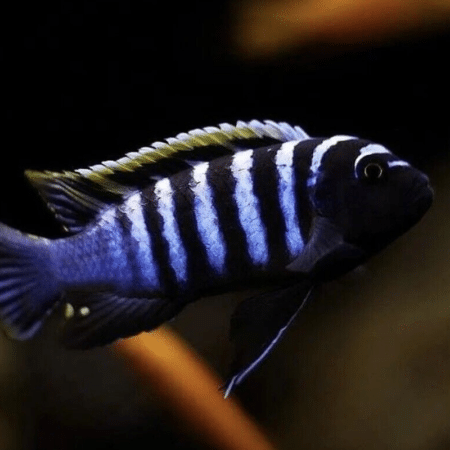-
×

-
×

-
×

-
×

-
×

-
×
 Assorted Colour Vampire Crab Geosesarma Sp 2-3Cm
1 × £8.71
Assorted Colour Vampire Crab Geosesarma Sp 2-3Cm
1 × £8.71 -
×

-
×
 Red Devil Vampire Crab - Geosesarma Hagen - Decapod Crustacean
1 × £8.71
Red Devil Vampire Crab - Geosesarma Hagen - Decapod Crustacean
1 × £8.71
Subtotal: £110.33




















Emily Carter (verified owner) –
I recently added the Cichlid Lake Malawi Afra Cynotilapia Chimate to my aquarium, and I couldn’t be more thrilled! After observing their vibrant colors and playful behavior for about two weeks, it’s clear these fish are both stunning and full of personality. Their unique hues really pop against my aquarium decor, which includes a variety of rocks and plants tailored to create a natural habitat.
I was initially concerned about how they would adapt, but they’ve been very resilient and seem to thrive on high-quality cichlid food. Their activity level has noticeably improved, and I love watching them interact with each other and their environment. Compared to other cichlids I’ve kept, the Afra Cynotilapia has a gentler nature, making them perfect for a mixed tank.
While they do sometimes nip at smaller tank mates, this is typical of cichlids. It’s a minor consideration, but I recommend keeping them with similarly sized species. Overall, I would definitely recommend these beautiful fish to other aquarists looking to enhance their tanks. They’re a joy to keep and care for, and I can’t wait to see how they develop as they grow. Truly an enchanting addition to my aquatic family!